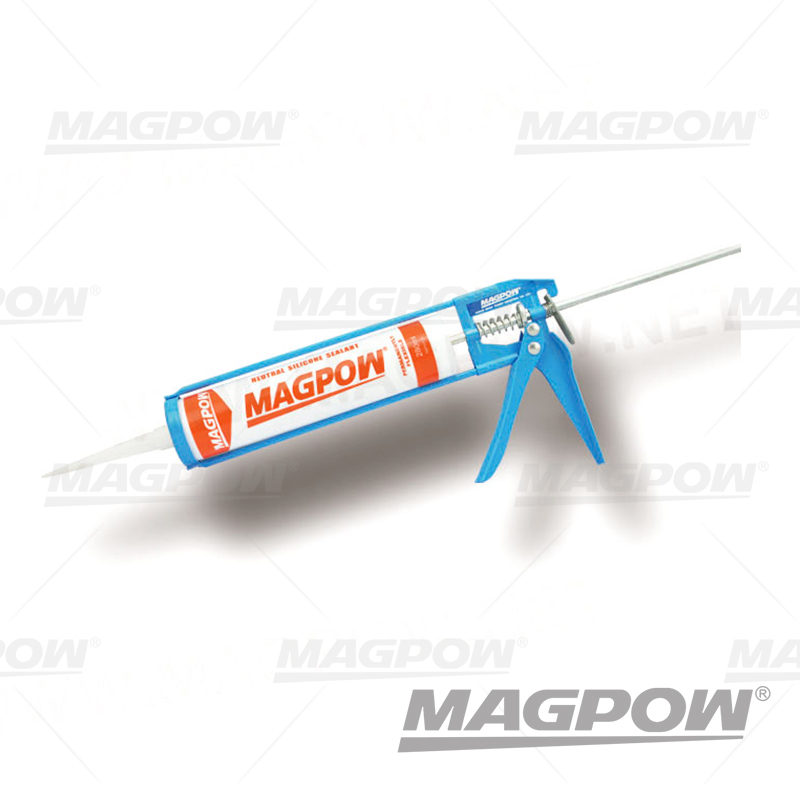
Privacy statement: Your privacy is very important to Us. Our company promises not to disclose your personal information to any external company with out your explicit permission.
What is the difference between neutral glass and acidic glass glue ? How is the price of glass glue? We use glass glue commonly used in the home to divide into two kinds according to the performance: Neutral glass glue and acid glass glue. Many people do not understand the properties of glass glue, it is easy to use neutral glass glue and acidic glass glue. This is the biggest problem with the use of glass glue in home improvement. Today we will take a look at the difference between neutral glass and acidic glass glues and the price of glass glue.
Glass glue introduction
Glass glue is a kind of adhesive commonly used in the home. Its main component is sodium silicate (Na2O·mSiO2), acetic acid and organic silicone. Sodium silicate is soluble in water and sticky. In the south, it is also called water glass. In the north, it is also called silicate. Glass glue is a material that bonds and seals various glasses with other substrates. There are two main categories: silicone rubber and polyurethane (PU). Silicone rubber sealant - that is, we usually say glass glue, also divided into two kinds of acidic and neutral (neutral plastic is divided into: stone sealant, mold sealant, fire sealant, pipe sealant and so on.
Glass glue should be stored in a cool, dry place below 30°C. The good quality of the acidic glass adhesive can ensure the effective storage period of more than 12 months, generally the acidic glass adhesive can be stored for more than 6 months; the neutral weathering and structural adhesive can guarantee the shelf life of more than 9 months. If the bottle is opened, use it within a short period of time. If the glass is not used up, the bottle must be sealed. When it is used again, the bottle should be unscrewed to remove any clogging or replace the bottle mouth.
Glass glue is divided into two kinds according to performance: neutral glass glue and acidic glass glue. Generally used for home improvement bonding. Generally, glass glue is used in home improvement: dull mouths on the back of wooden lines, sanitary ware, toilets, makeup mirrors in the bathroom, crevices in sinks and walls, and so on. These places use different properties of glass glue. Neutral glass adhesives are weaker and are generally used on the back of bathroom mirrors where they do not require strong adhesion. Neutral glass glue is used more often in the home, mainly because it does not corrode objects, and the acidic glass glue is generally used in the dull mouth of the back of the wood line, and the adhesive force is very strong.

The difference between neutral glass and acidic glass glue
Neutral glass glue:
1. The de-alcoholic silicone glass adhesive is a neutral glass adhesive, and the neutral glass adhesive absorbs the moisture in the air to release the ethanol gas during the curing process;
2. The curing speed of neutral glass glue is slow, and it has strong adhesion to the bonding surface, but its ductility is weak.
Acid glass glue:
1, acid-removing silicone glass glue is acidic glass glue, acid glass glue in the curing process absorbs moisture in the air to release acetic acid gas;
2, acidic glass glue curing speed, the metal has a certain degree of corrosion.
The above is about the difference between the neutral glass glue and the acid glass glue .
April 07, 2024
January 03, 2024
December 07, 2022
December 05, 2022
September 06, 2023
August 19, 2023
Email ke pemasok ini
April 07, 2024
January 03, 2024
December 07, 2022
December 05, 2022
September 06, 2023
August 19, 2023

Privacy statement: Your privacy is very important to Us. Our company promises not to disclose your personal information to any external company with out your explicit permission.

Fill in more information so that we can get in touch with you faster
Privacy statement: Your privacy is very important to Us. Our company promises not to disclose your personal information to any external company with out your explicit permission.